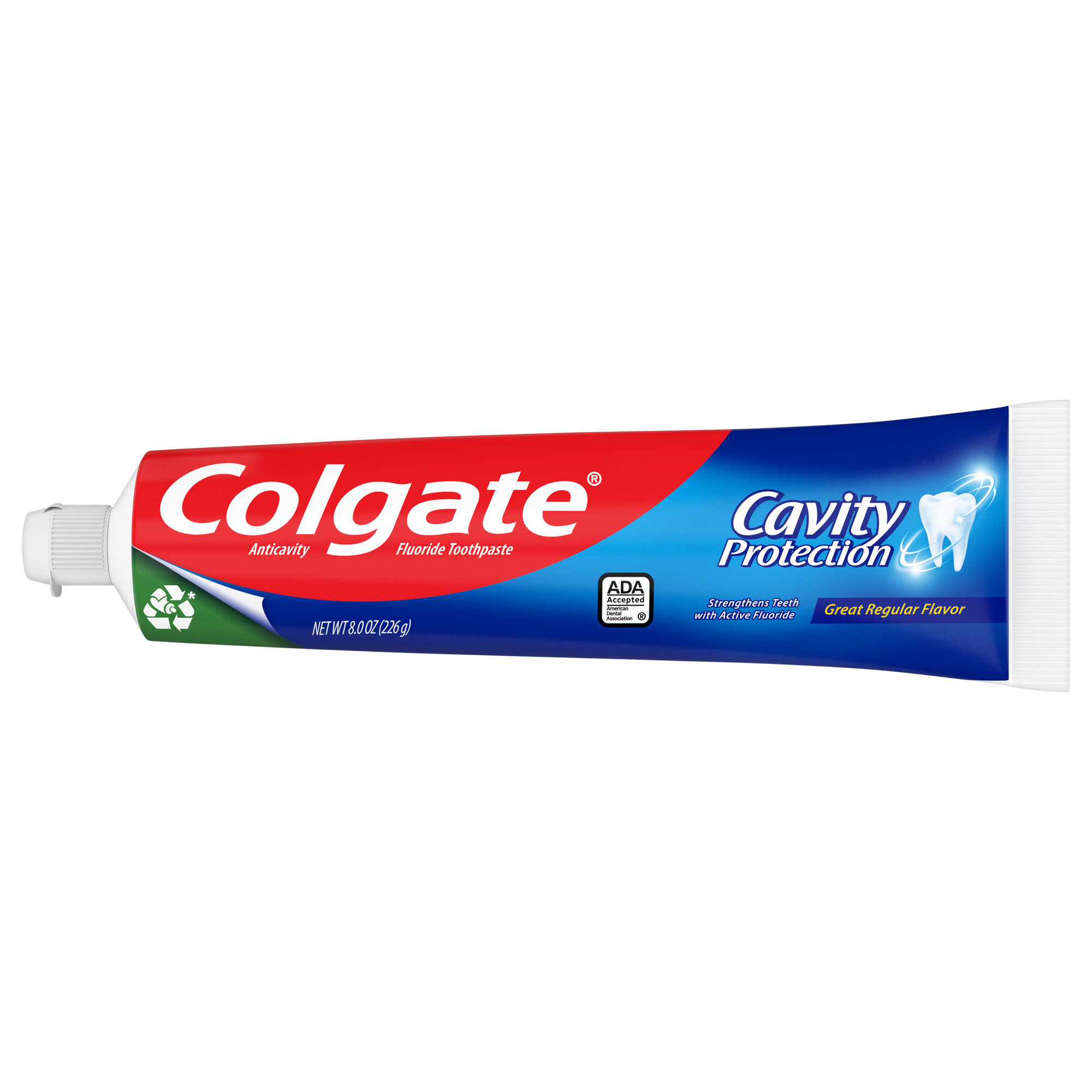Why Hasn't My Tooth Healed?
According to the American Association of Endodontics (AAE), many root canal treatments last a lifetime if they're correctly cared for. Unfortunately, sometimes endodontic retreatment might be the best option to give your previously treated tooth a second chance, especially if your dentist diagnoses one of the following:
- Extra, oddly shaped, or restricted canals in the root of the tooth were not detected initially and treated
- A delay in placing a protective crown on the toot
- Failure of the tooth restoration to prevent contamination from your saliva
- A new infection from new decay, caused by a damaged crown or a filling exposing the tooth to bacteria
- A crack or fracture in the tooth
What Are My Treatment Options?
When you opted for your initial root canal treatment, your dentist probably explained that the only other treatment option was to remove the tooth. Now that you are experiencing pain in that tooth, your endodontist might suggest retreatment or endodontic surgery. In endodontic surgery, an incision is made at the tip of the tooth's root to remove the infected portion surgically. This procedure is called an apicoectomy. Besides endodontic retreatment or surgery, the only other alternative is to have the tooth extracted.
What Does Endodontic Retreatment Entail?
The retreatment process begins with your endodontist removing your crown or filling to access the root canal filling material. After removing the filling material, your endodontist will clean all of the canals. Then, with the aid of special lighting and magnification, they will look for extra canals, unusual anatomy, or infection that requires treatment. After removing any infection and reshaping and cleaning the canals, your endodontist will refill or restore them. However, if the canals are uncommonly narrow or impassable, your endodontist might recommend endodontic surgery to access and seal a portion of the root tip. The last step in the process involves placing a temporary filling in your tooth.
What Should I Expect During Endodontic Recovery?
Every situation is different, but your dentist will give you personalized instructions to follow after your procedure. Note that your recovery time might be a bit longer if you undergo endodontic surgery. Your tooth might be sensitive for the first few days after treatment, especially if there was pain or infection before the procedure. Your dentist can recommend over-the-counter pain medication to give you relief for any minimal discomfort due to tissue inflammation. If you had surgery, avoid vigorous brushing around the treated tooth, as well as chewing hard foods or ice with that tooth. If you experience intense pain or pus is draining from the surgical site, be sure to call your endodontist right away.
If all goes well, your endodontist will want to see you for a follow-up appointment within a week, and if you had surgery, you might need a stitch or two removed. All swelling and soreness should diminish within two weeks; however, it's essential to schedule an appointment with your general dentist as soon as possible to have either a crown or a filling done. This covering will protect the tooth and help give it full functionality.
Advances in dental technology are happening every day, and the field of endodontics is no exception. So, if you decide to go ahead with endodontic retreatment, your dentist might use techniques that weren't available when you originally had root canal treatment. While there are never guarantees, there is no reason to think that you can't keep your tooth for a lifetime of pain-free smiling.
Oral Care Center articles are reviewed by an oral health medical professional. This information is for educational purposes only. This content is not intended to be a substitute for professional medical advice, diagnosis or treatment. Always seek the advice of your dentist, physician or other qualified healthcare provider.
ORAL HEALTH QUIZ
What's behind your smile?
Take our Oral Health assessment to get the most from your oral care routine
ORAL HEALTH QUIZ
What's behind your smile?
Take our Oral Health assessment to get the most from your oral care routine















